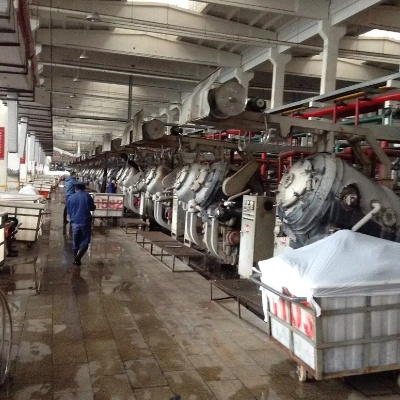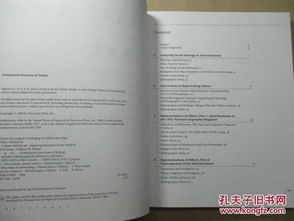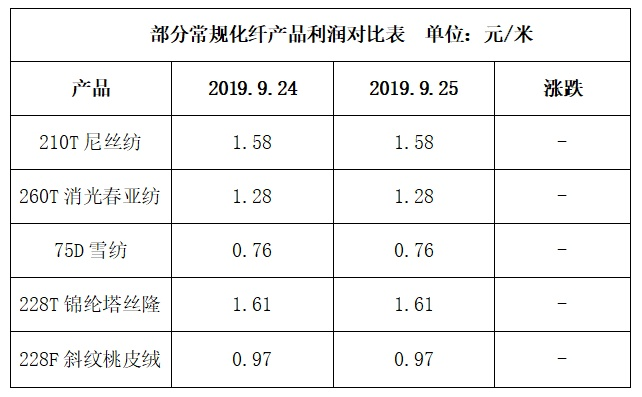Diluting Fabric Dyes:A Guide to Properly Mixing and Using Colors
This article provides a detailed guide on how to dilute fabric dyes properly. It explains the importance of proper mixing and using colors in order to achieve the desired shade and color intensity on your garments. The article also covers different methods of diluting fabric dyes, including using water, alcohol, or other solvents, and provides tips for achieving even coverage and avoiding any unwanted side effects. By following these steps, you can ensure that your fabric dyes are used effectively and safely, resulting in beautiful and vibrant garments.
Introduction: Dyeing textiles with vibrant colors is a common practice in the fashion industry, but it's essential to know how to mix and use these colors correctly to achieve desired results. Diluting fabric dyes is a delicate process that requires precision and attention to detail. In this guide, we will discuss the various ways to dilute fabric dyes, including mixing ratios, temperature adjustments, and specific cases where dilution is necessary. By following the tips provided, you can ensure that your fabrics turn out looking their best.
Mixing Ration for Diluting Fabric Dyes: Before diving into the specifics of diluting fabric dyes, let's first establish the general mixing ratio. Typically, a 1:10 dilution ratio is used for most fabric dyes. This means that one part of the dye is mixed with ten parts of water or other solvent. However, there are some exceptions to this rule, and it's important to check the manufacturer's instructions for specific dilution recommendations.
Temperature Adjustments: The temperature at which fabric dyes are mixed can have a significant impact on the outcome. Generally, it's recommended to mix the dye with warm water (around 30-40°C) rather than cold water (below 20°C). Warm water helps to break down any clumps or sediment in the dye, making it easier to mix evenly. Additionally, using warm water can speed up the absorption of the dye into the fabric, resulting in faster drying times.
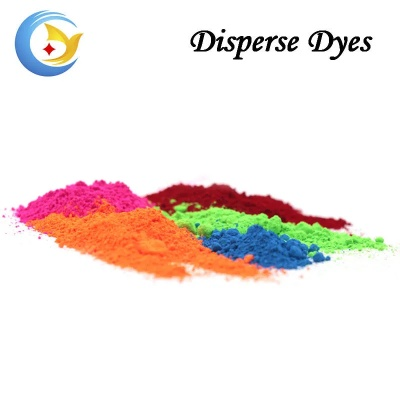
Specific Cases for Diluting Fabric Dyes: While the general 1:10 dilution ratio is commonly used, there are some situations where a different ratio may be necessary. For example, if the fabric is particularly absorbent or has a high percentage of wool content, a lower dilution ratio (such as 1:5) may be needed to ensure even coverage. Similarly, if the fabric has a low pH level, a higher dilution ratio (such as 1:15) may be necessary to neutralize any acidity and prevent fading.
Case Study: Let's take a look at an example involving a popular fabric dye brand called "Colorful." The company offers several shades of blue that are perfect for creating a calming, soothing look. One such shade is called "Blue Serenity," which is described as a soft, subtle blue that adds a touch of elegance to any outfit. To achieve this shade, the manufacturer recommends a 1:10 dilution ratio with warm water.
To prepare a batch of Blue Serenity dye, follow these steps:
-
Gather your materials: Fabric dye (10 ml), warm water (1 liter), mixing bowl, stirring utensil, and sink.
-
Add the dye to the mixing bowl: Pour 10 ml of Blue Serenity dye into the bowl and stir well with the stirring utensil until the dye is evenly distributed.
-
Add warm water: Slowly pour in 900 ml of warm water while continuously stirring. Continue stirring until the mixture becomes uniform and smooth.
-
Check the consistency: Use a fabric sample from the fabric you want to dye to check the consistency of the dye. If it looks too thick or lumpy, add more warm water until it reaches the desired consistency.
-
Apply to the fabric: Once the dye is ready, apply it to the fabric by rubbing it onto the fabric with your hands or using a brush. Make sure to cover all areas of the fabric, including any creases or folds.
-
Rinse and dry: After applying the dye, rinse the fabric thoroughly with warm water to remove any excess dye. Lay the fabric flat to dry, away from direct sunlight, and avoid exposing it to heat sources like hair dryers or irons.
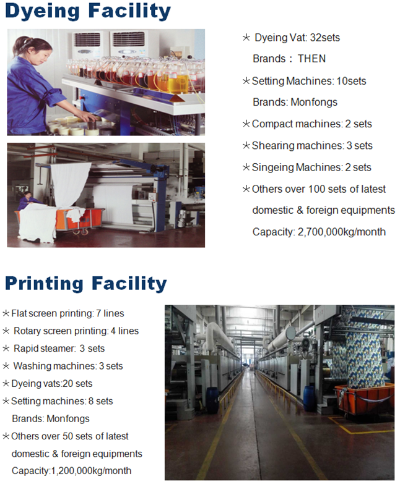
-
Test before using: Before using the dyed fabric for any purpose, test it on a small area first to ensure that it looks and feels satisfactory.
Conclusion: Diluting fabric dyes requires careful consideration of factors such as mixing ratios, temperature, and specific conditions for certain types of fabrics. By following the guidelines outlined above, you can achieve beautiful results when dyeing your garments with vibrant colors. Remember to always read and follow the manufacturer's instructions carefully to avoid any potential issues with color bleeding or fading. Happy dyeing!
I: Introduction
今天我们来聊聊纺织品颜料如何进行稀释的话题,在纺织品的制作过程中,颜料的使用是不可或缺的一部分,纺织品颜料稀释的方法是什么呢?下面我们将通过一个英文案例来详细说明。
II: 纺织品颜料稀释方法概述
A: 颜料稀释的基本原理
纺织品颜料稀释主要涉及到颜料与溶剂或稀释剂之间的相互作用,颜料通常具有较高的浓度,需要与适当的稀释剂混合来达到理想的着色效果,稀释剂的作用是降低颜料的浓度,使其更容易应用于纺织品中,常见的稀释剂包括水、酒精、丙酮等。
B: 稀释剂的选择与使用
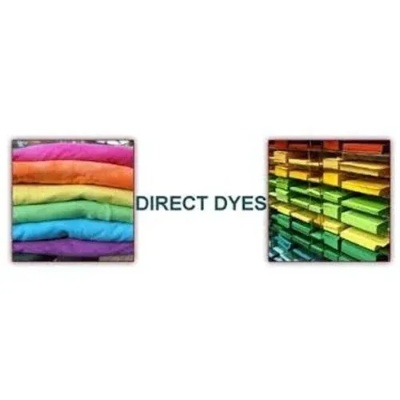
在选择稀释剂时,需要考虑颜料的种类、用途以及纺织品的具体要求,某些颜料可能需要特定的稀释剂才能达到理想的着色效果,稀释剂的用量也需要根据实际情况进行调整,稀释剂的用量可以通过观察颜料的着色效果来确定。
C: 稀释剂稀释的具体步骤
- 将颜料与稀释剂按照一定比例混合。
- 使用适当的工具或手动搅拌,使颜料与稀释剂充分混合。
- 如果需要,可以添加适量的辅助材料,如稳定剂、防腐剂等,以提高颜料的稳定性。
D: 案例说明
假设我们有一个纺织品制造商,他们需要使用某种特定的颜料进行染色,根据该制造商的经验和实际情况,他们选择了适当的稀释剂进行稀释,具体步骤如下:他们将颜料与稀释剂按照一定比例混合;使用适当的搅拌工具进行搅拌;根据需要添加适量的辅助材料,通过这样的操作,他们成功地将颜料稀释到合适的浓度,使得染色效果更加理想。
表格示例:
| 颜料种类 | 常用稀释剂 | 比例混合 | 使用方法 | 注意事项 |
|---|---|---|---|---|
| 特定纺织品颜料 | 水、酒精、丙酮等 | 根据实际情况确定比例 | 按照上述步骤进行混合和搅拌 | 注意稀释剂的用量需根据纺织品的具体要求进行调整 |
III: 注意事项与常见问题解答
A: 注意事项
- 选择合适的稀释剂,确保颜料的着色效果和纺织品的稳定性。
- 在混合过程中要注意搅拌均匀,避免出现沉淀或杂质。
- 根据实际情况调整稀释剂的用量,以达到理想的染色效果。
- 在使用过程中要注意操作安全,避免颜料溅出或吸入眼睛。
B: 常见问题解答
- 如何选择合适的稀释剂? 答:选择合适的稀释剂需要考虑颜料的种类、用途以及纺织品的具体要求,可以参考其他制造商的经验和实际情况来确定。
- 稀释剂用量是否需要精确控制? 答:是的,稀释剂用量需要根据纺织品的具体要求进行调整,以达到理想的染色效果,需要精确控制稀释剂的用量。
- 稀释过程中需要注意哪些安全问题? 答:在稀释过程中需要注意操作安全,避免颜料溅出或吸入眼睛等,也要注意搅拌工具的使用安全。
Articles related to the knowledge points of this article:
Springdale Textiles:A Journey into the World of Fabric and Fashion
Functional Textiles:A Comprehensive Study
Trends and Prices in Laiyuan Textile Markets Socks
Textile Classification,Components,and Care
The Art of Textile Labels and Their Incredible Benefits for Customers

